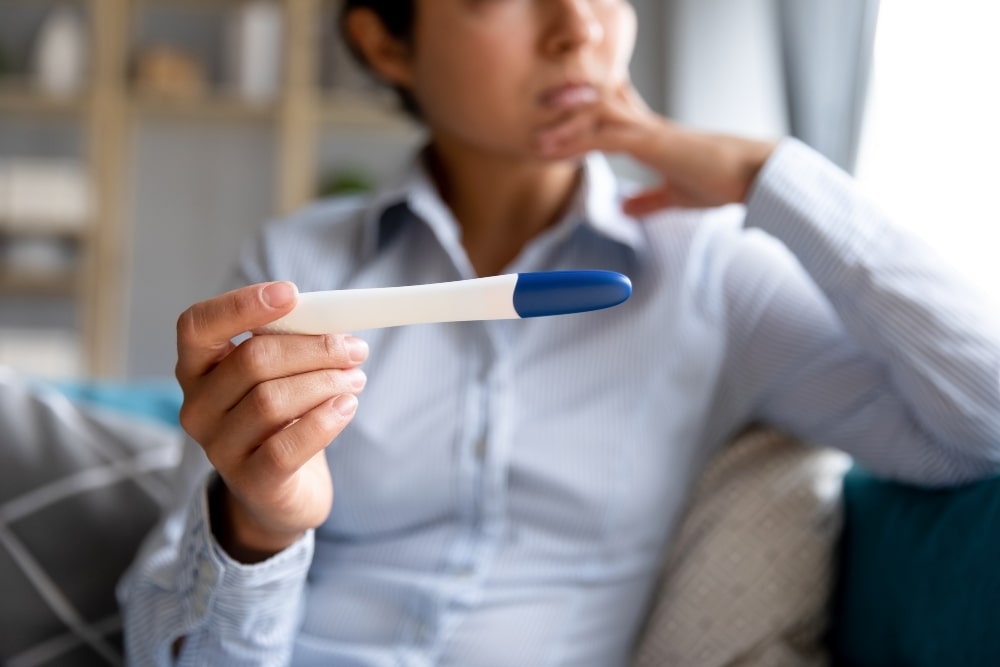
One of evolution’s mysteries is why we die off when we can no longer reproduce. Scientists now believe that aging is a result of how we evolved to reproduce—a result of natural selection over millions of years. A study that looked at the genes of 276,406 UK Biobank participants discovered that people who have gene variations that promote reproduction are less likely to live to old age.
“We confirm a hypothesis called the antagonistic pleiotropy hypothesis, which says that mutations promoting reproduction are more likely to reduce life span,” said Jianzhi Zhang, of the University of Michigan in the US and senior author of the study in the journal Science.
According to the hypothesis, the benefits of fertility in early life are responsible for the terrible cost of aging
People with genetic variations that promote reproduction were more likely to die before the age of 76, according to the study. The study also found that genetic variations promoting reproduction increased over generations between 1940 and 1969, indicating that humans are still evolving and strengthening the trait.
From an evolutionary standpoint, it is unclear why our reproductive performance declines with age. Being more fertile in old age would surely be advantageous to evolution, giving us more time to pass on our genes?
According to the antagonistic pleiotropy hypothesis, this is not the case. According to the hypothesis, the benefits of fertility in early life are responsible for the terrible cost of aging. This new study now has robust evidence from a large human sample to back it up.
“This idea is that some traits [and genetic variants that cause them] are important when we are young, helping us grow strong and be fertile. But, when we get older, those same traits can start causing problems and making us fragile and unhealthy. It’s like some mutations having two sides: a good side when we’re young and a not-so-good side when we’re old,” Arcadi Navarro Cuartiellas, a geneticist at the Pompeu Fabra University in Barcelona, Spain, who was not involved in the study, said.
Menopause and fertility loss in women are two examples. During a woman’s lifetime, her eggs, also known as ova, deplete. This increases fertility in young adulthood but decreases fertility later in life due to menopause. Biologists believe that the benefits of regular reproductive cycles may outweigh the costs of infertility in old age. The disadvantage is that menopause accelerates aging.
“Another example is, say, a gene variant that enhances fertility so that a woman is more likely to have twins. Evolutionarily, that might be advantageous because she will potentially leave more copies of that variant than women who have single babies. But having twins leads to more wear and tear on her body so she ages more quickly. That would be an antagonistically pleiotropic process,” said Steven Austad, an aging research expert at the University of Alabama at Birmingham in the United States who was not involved in the study.
The inverse is also true. Austad added that a gene variant that reduces fertility early in life will likely cause a person to have fewer or no children, causing the person to age more slowly.
Humans are living longer lives than ever before in history, thanks to improved health care
However, the antagonistic pleiotropy hypothesis is not without criticism. For one thing, neither it nor this study takes into account the massive effects of environmental and socioeconomic changes on aging.
After all, humans are living longer lives than ever before in history, thanks to improved health care rather than genetic evolution.
“These trends of phenotypic changes are primarily driven by environmental shifts, including changes of lifestyles and technologies,” Zhang said, adding that “this contrast indicates that, compared with environmental factors, genetic factors play a minor role in the human phenotypic changes studied here.”
According to Austad, one surprising finding of the study was that reproductive genes had such an observable effect on aging. “Environmental factors are so important that I’m surprised patterns [found in this study] remained visible despite their significance.” “I believe that is the benefit of having hundreds of thousands of people in a study,” he said.
Because the research was conducted on humans and with such a large sample size, the study could be useful in understanding aging-related diseases. The hypothesis, according to scientists, could help explain why many serious genetic disorders have been prevalent throughout our long evolutionary history.
Sickle cell anemia is an excellent example of antagonistic pleiotropy, in which an inherited blood disorder that causes anemia evolved as a malaria-protective mechanism. According to Zhang, antagonistic pleiotropy may also be at work in Huntington’s disease.
According to Zhang, the paper could have implications for the emerging science of anti-aging. “In theory, one could tinker with those antagonistically pleiotropic mutations to prolong life, but the downside would be reducing or delaying reproduction,” Zhang said.
